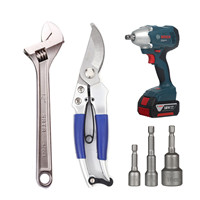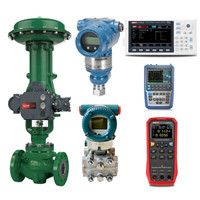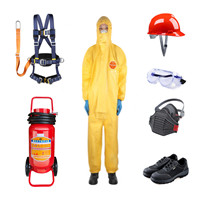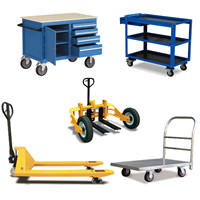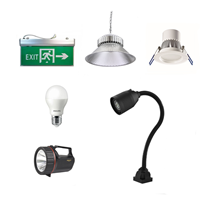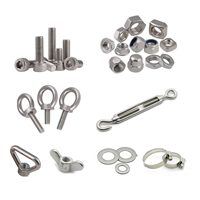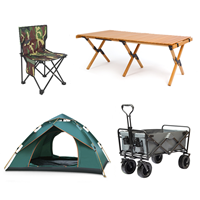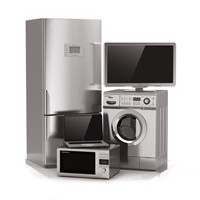Essential items for outdoor adventures are very important
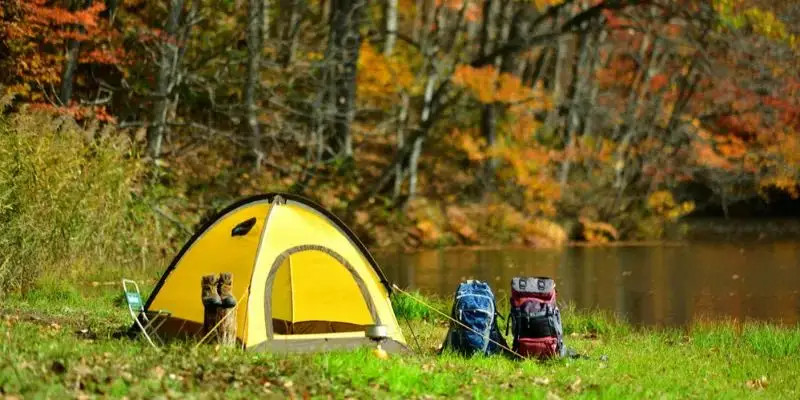
It is very important for the outdoor adventure travel process, and it can be difficult to assess what to pack for emergencies. It can be difficult to assess what to pack for emergencies because it is not enough to cope with the unexpected, and it can be uncomfortable to carry too much.
There are a number of situations that can arise: (1) late return, (2) exhaustion, (3) bad weather, (4) night marching, (5) injury or illness, and these situations are usually continuous. It is important to make sure that you can get through an emergency or an unknown situation, and it is important to make sure that you have the right equipment, as carrying more than you need will increase the weight of your pack and slow down your progress. headlamp (with spare bulbs and batteries), (4) spare food, (5) spare clothing, (6) sunglasses, (7) Swiss knife, (8) kindling, (9) lighter, (10) first aid kit.
Headlamps
A headlamp or torch is a very important piece of equipment, but the batteries must be removed when not in use to avoid corrosion, a few headlamps are waterproof or even water resistant, if you think waterproof is important buy one of these waterproof bulbs. If you think there will be a problem during travel it is best to use a patch to hold it tightly in place, remove the bulb or remove the batteries, use a headlamp with an adjustable focal length, when you are in the tent you can use diffused light to extend the range of light, if you are travelling it can be adjusted to a single direct beam to let the light shine further, the bulb is not durable for a long time, it is best to carry a spare bulb such as a halogen krypton argon bulb They produce heat and are brighter than vacuum tube bulbs (vacuumbulb) although use will be high amperage and shorten battery life, most bulbs will be marked with the amperage at the bottom and the average battery life is 4 amps/hour, which equates to 8 hours for a 0.5 amp bulb.
Alkalinebatteries are the most commonly used batteries, they have a higher electrical capacity than lead batteries, they are not rechargeable and have only 10% to 20% of the power at low temperatures and the voltage drops significantly when used.
Nickel-cadmium batteries: can be recharged thousands of times, it can maintain a certain amount of power, it can not be compared with the power stored in alkaline batteries at low temperatures 0F still have 70% of the power, climbing process is best to carry a highcapacitybattery (it is higher than standardnicads) Lithiumbatteries are 2-3 times more powerful than standard nicads.
Lithiumbatteries are two times more powerful than standard batteries. A lithium battery has two times the amperage/time of two alkaline batteries and is as good as room temperature at 0F, but is very expensive and has a constant voltage.
Spare food
Carry a day's worth of food in the event of bad weather, getting lost, injury or other conditions. In any case, carrying some food can provide a lot of stamina and strength for an unpredictable late return, and eating in good time can provide enough energy and a mental boost.
Spare clothing
A pair of underwear, outer socks, camp boots, underwear, outer trousers, t-shirt, woolen or pile jacket, hat, gloves and rain gear are suitable for all temperatures and extra clothing for unpredictable bivouacs.
There is no definite type or amount of spare clothing, but in general it is best to bring a pullover jumper for a summer outing, and spare socks to replace wet ones in case you accidentally step in mud or water holes.
Wear a long-sleeved collar or a zipped, folded high collar to protect your neck and head, a balaclava, a thick hat if wearing a woolen jacket, a pair of thick socks, and a pair of polyesterorpile gloves for your hands. Most climbers bring a bivouac bag weighing about one pound with a soft padding.
Sunglasses
In terms of ultraviolet light, the reflected light from snow at 10,000 feet exceeds 50 on the beach and can easily damage the retina of the naked eye, causing great pain called snow blindness. For glacier walking sunglasses you need a transmission rate of 5-10 and for multi-purpose sunglasses a transmission rate of 20. If you can easily see your eyes in the mirror, they are too bright. The colour of the lenses is grey or green - if you want to see the true colour, it is best to choose yellow lenses if you want to see closely on cloudy or foggy days. Sunglasses must have side protection to reduce the sun's penetration into the eyes, but they must be well ventilated to prevent them from fogging up, or you can use anti-fog lenses or anti-fog cleaners. Most climbers prefer to use contact lenses as they slide over the bridge of the nose and improve visual acuity without water spots, but there are still disadvantages such as too much sun, sand and dirt which can cause eye irritation, and they are not easy to clean and maintain in the countryside.
First aid kit
We can only deal with simple trauma or stabilise patients and evacuate them from the mountains as soon as possible. First aid medicines are best packed in waterproof and sturdy boxes.
Swiss knives
A knife is an essential item for cooking, firefighting, first aid and even rock climbing. A knife must have two blades, an irrigator, a screwdriver, a sharp drill, a bottle opener, scissors, must be made of stainless steel and is best tied with a thin cord to avoid loss.
Firestarters
Matches or lighters must be stored properly to avoid dampness and inoperability.
In emergencies or when wet wood is encountered, it is essential to use kindling, to make a drink to keep the cold out, and for general fires such as candles, solid chemicals, etc.

